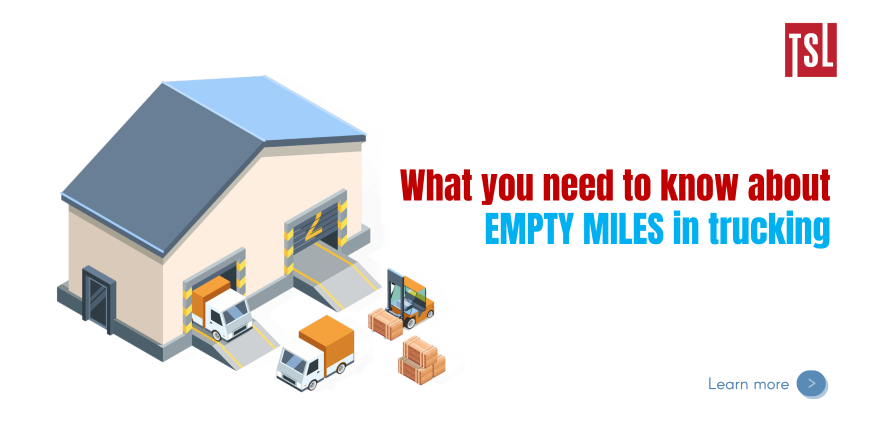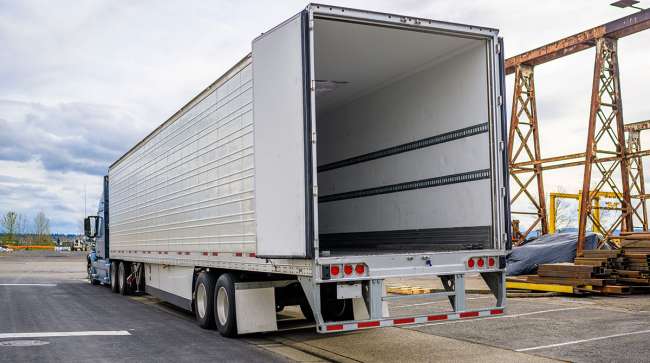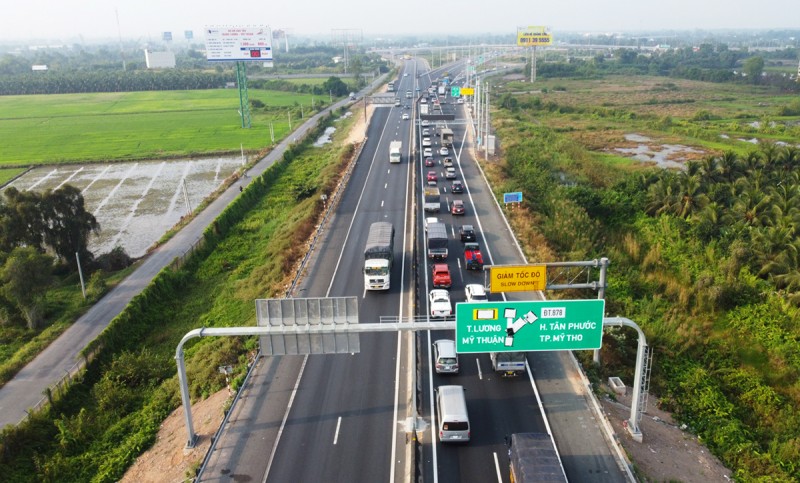What you need to know about EMPTY MILES in trucking
The distance driven by a container or truck while carrying no cargo and making no revenue for that trip is referred to as “empty miles” in the freight transportation industry. Transportation vehicles frequently carry products one way and return empty the other.
Due to the diverse and fragmented nature of the transportation sector, there is no particular data for empty miles. However, a reasonable estimate shows that empty miles account for more than 20% of the overall average distance traveled by a container driver in the United States.
Empty miles are a problem not only in emerging logistics transportation countries like Vietnam, but also in broad, developed countries like the United States, Singapore, and Australia…empty miles continue to be one of the most common types of waste in the transportation industry around the world.
When carrying empty containers in Vietnam, costs such as fuel, driver salary, vehicle maintenance, and other expenses are incurred without a corresponding revenue. An average cargo container requires approximately 36 liters of fuel per 100 kilometers, whereas an empty container consumes between 25 – 26 liters of fuel per 100 kilometers (70%). It is obvious that empty miles waste a significant amount of fuel (1.7 times more than round-trip transportation).
Though an unpleasant investment, carriers have to budget for empty miles on each shipment. This increases transportation costs, placing pressure on expenses and reducing business competitiveness.
To cover these expenses, several transportation businesses raise their consumer transportation fees. Furthermore, empty miles have a negative influence on the environment as they lead to unnecessary CO2 emissions.
Currently, solutions to the issue of empty miles in the transportation industry are being presented frequently. Many businesses and organizations have implemented various measures, such as:
– Cooperation and Resource Sharing: Transportation businesses can work together to share resources, information, and combine delivery routes in order to reduce the number of empty miles and minimize the number of vehicles in operation. Businesses can also connect with logistical hubs to enhance their routes.
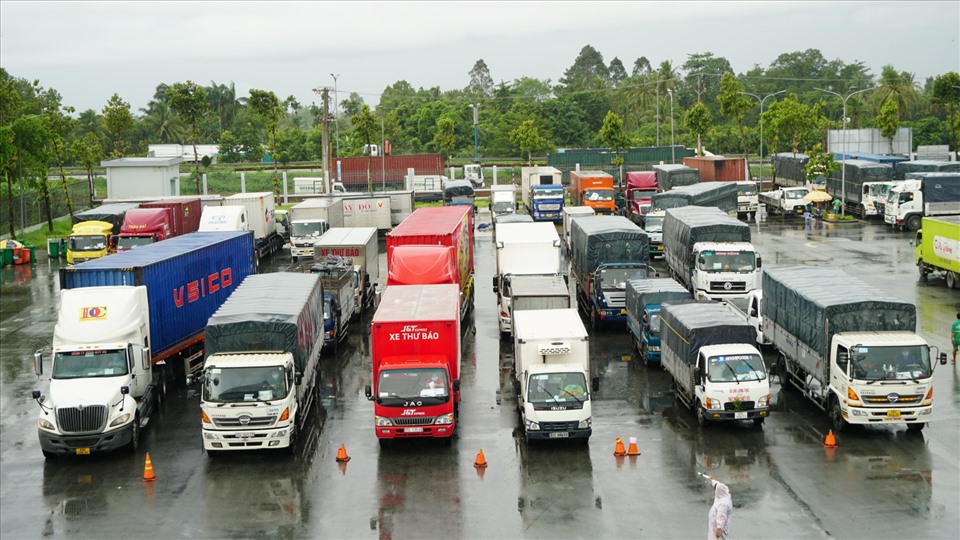 – Creating a Hub Logistics Network: Building a network of hubs near high-order-frequency areas may serve as secondary distribution places. After delivering items to the main clients, both the hub and the various transportation businesses may efficiently employ spare resources, allowing for continual movement planning.
– Creating a Hub Logistics Network: Building a network of hubs near high-order-frequency areas may serve as secondary distribution places. After delivering items to the main clients, both the hub and the various transportation businesses may efficiently employ spare resources, allowing for continual movement planning.
To progressively reduce the “empty miles” issue, transportation companies have to analyze their routes and network, as well as client or customer location data. They can design continuous movement plans based on this data to reduce “empty miles.”
At this point, let us define “continuous movement planning”!
 Continuous movement planning is the process of merging multiple of transportation orders to coordinate and distribute deliveries to vehicles along a single route, orders from numerous customers can be combined into one shipment. Continuous movement planning frequently takes into issues like minimum cargo volume per trip, closed-loop delivery routes, suitable travel durations, fuel usage, and so on. As a consequence, businesses may manage their fleet, increase driver time usage, and achieve more cost-effective transportation pricing for all parties involved.
Continuous movement planning is the process of merging multiple of transportation orders to coordinate and distribute deliveries to vehicles along a single route, orders from numerous customers can be combined into one shipment. Continuous movement planning frequently takes into issues like minimum cargo volume per trip, closed-loop delivery routes, suitable travel durations, fuel usage, and so on. As a consequence, businesses may manage their fleet, increase driver time usage, and achieve more cost-effective transportation pricing for all parties involved.
Coordinating routes and reducing “empty miles” in logistics operations need a thorough investigation, careful evaluation, and the assistance of optimization algorithms.
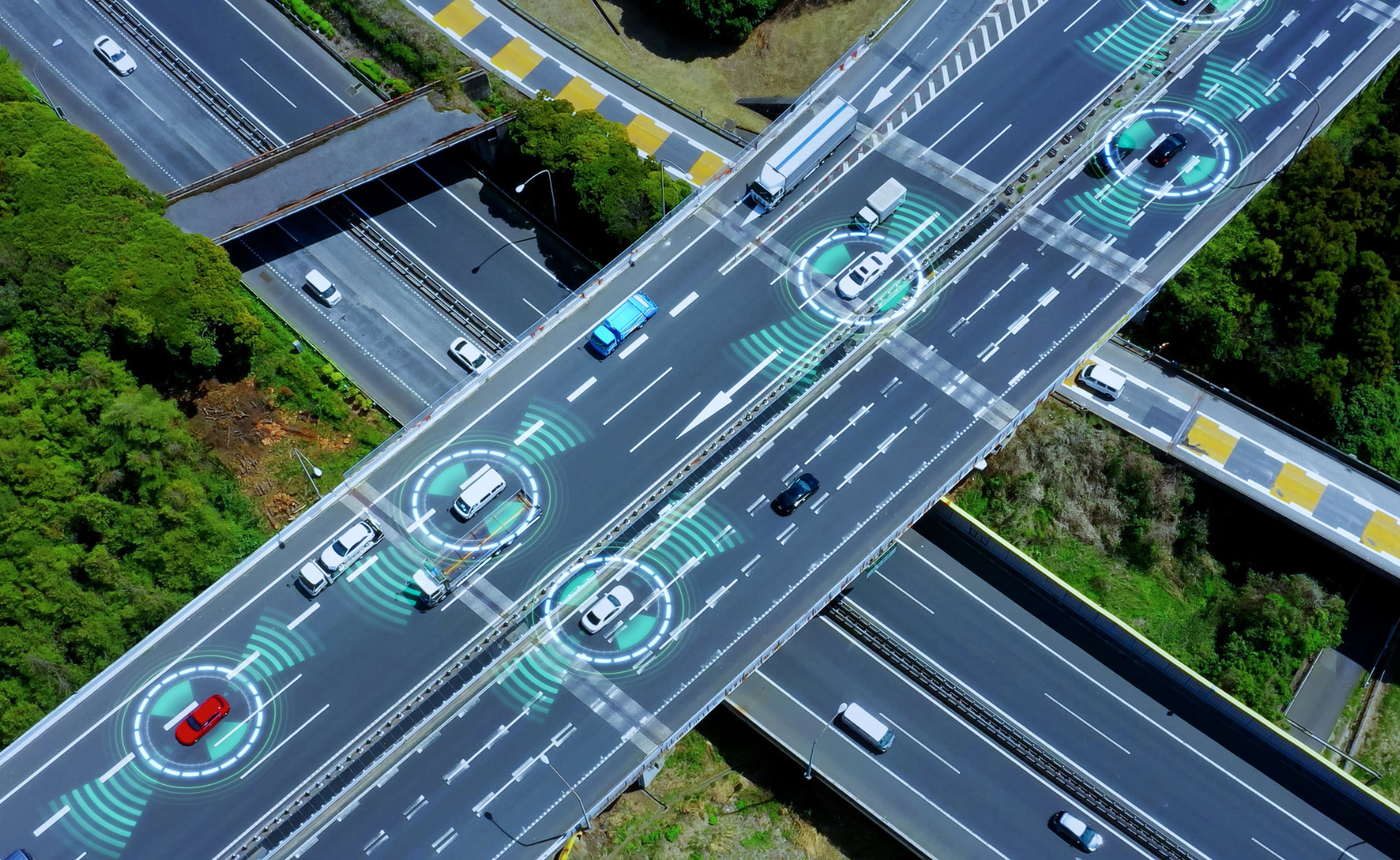 Numerous businesses are turning to Transportation Management Systems (TMS) solutions to better access these changes.
Numerous businesses are turning to Transportation Management Systems (TMS) solutions to better access these changes.
Solution of TMS, which are based on cloud and artificial intelligence (AI), the Internet of Things (IoT), assist in designing the most effective delivery methods for each shipment, optimizing routes and travel times. TMS automation not only saves time and money on transportation, but it also assists in the management and tracking of operational tasks. As a result, it helps businesses reduce “empty miles” and saving related costs.
In the Vietnamese market, TSL continues to be the trustworthy provider of Transportation Management System (TMS) solutions. In addition to optimizing transportation operations, TSL’s TMS solution helps businesses develop an all-encompassing fleet management plan. Acknowledging the unique characteristics of each business, let’s contact us immediately to get consultation and proposals for the most suitable and effective TMS solutions.

